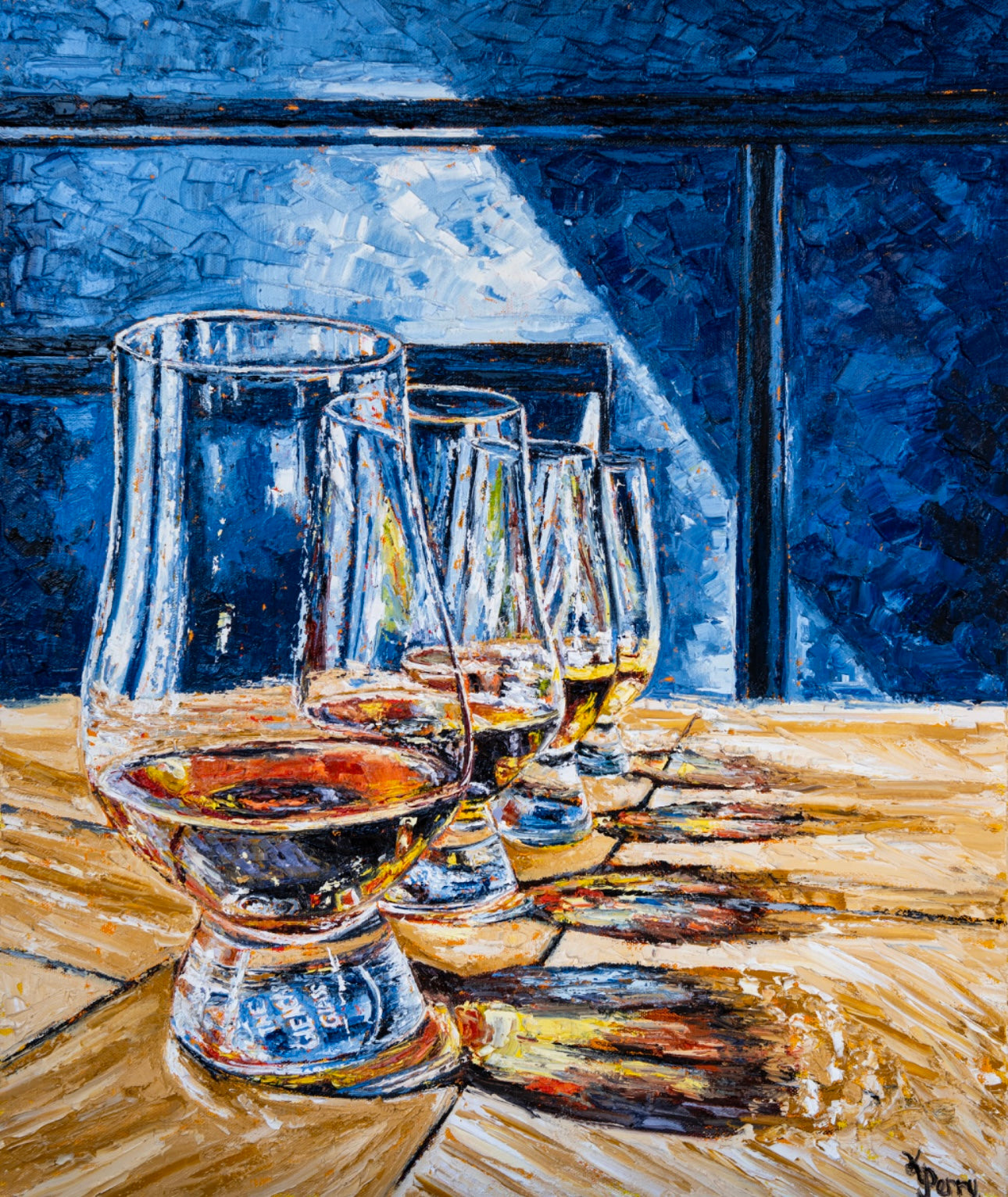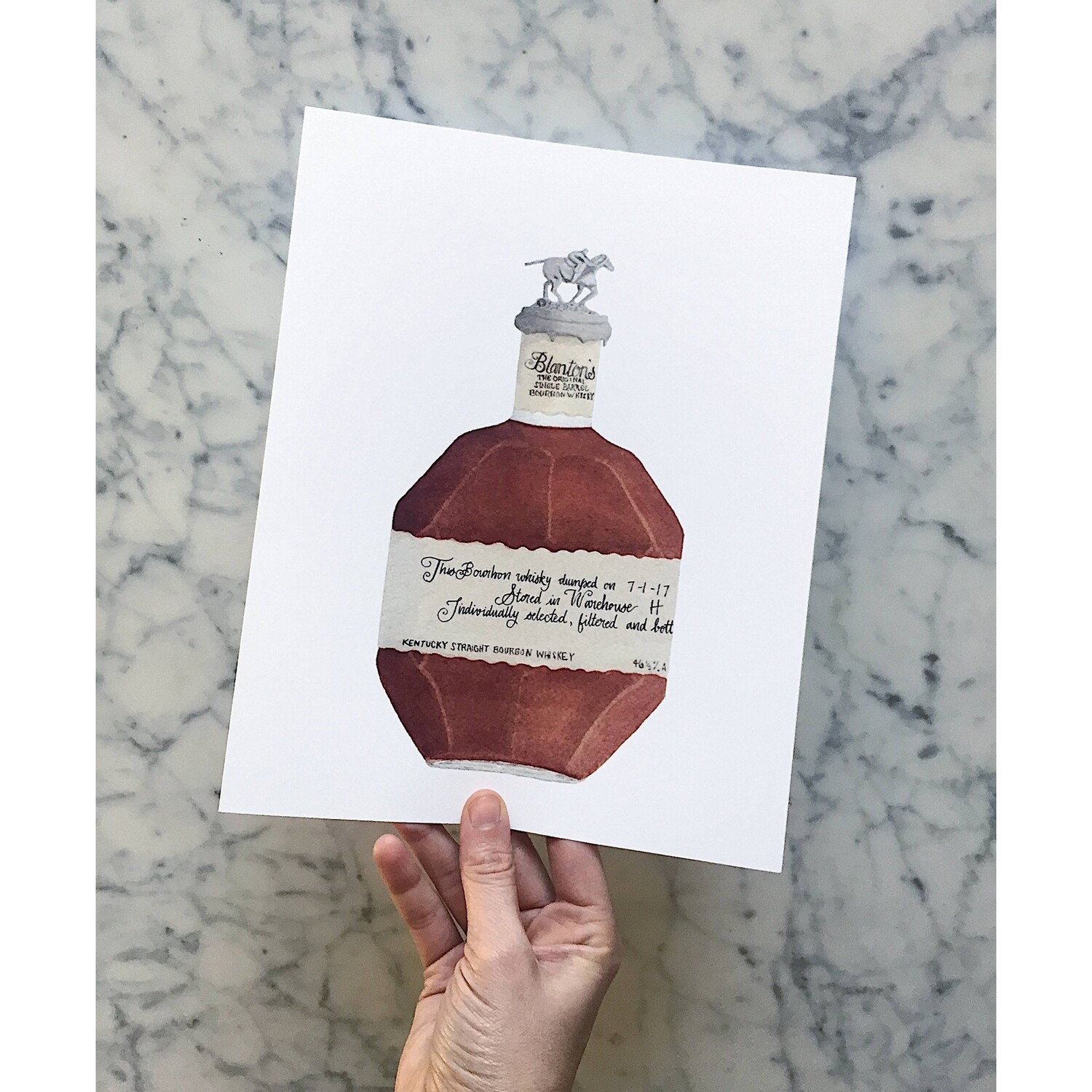Explore the World of Bourbon Art: A Trip Via Society and Craftsmanship
Explore the World of Bourbon Art: A Trip Via Society and Craftsmanship
Blog Article
Recording the Significance of Whiskey Art Through Unique Aesthetic Depictions and Styles
The art of bourbon prolongs beyond the liquid itself, showing up via a range of visual representations that encapsulate its storied heritage and craftsmanship. What remains to be revealed is exactly how these progressing styles mirror not only the scotch itself but likewise the transforming landscape of artistic interpretation. Realism Art.
The History of Whiskey Art

As whiskey production spread, so too did the desire to boost its experience with art. From the elaborate inscriptions on early casks to the sophisticated tags of modern bottles, each component mirrors an unique imaginative vision, functioning as an aesthetic narrative of the scotch's heritage.
In the 18th and 19th centuries, the surge of the industrial change further improved scotch art, bring about ingenious product packaging and advertising and marketing that captured consumer focus. Musicians and designers started experimenting with looks, imbuing whiskey-related imagery with symbolic definitions that communicated concepts of workmanship, neighborhood, and practice.
Today, whiskey art continues to advance, mixing traditional methods with modern art types. Whiskey Art. This recurring dialogue between the spirit and its visual representation highlights the long-lasting bond in between bourbon and culture, improving the overall experience for fanatics worldwide
Iconic Container Styles
While numerous variables add to the appeal of scotch, renowned bottle designs play a pivotal function fit customer perception and improving the total experience. The visual discussion of whiskey bottles is not just an aesthetic factor to consider; it acts as a bridge between the item and the customer, evoking emotions and setting assumptions.
Unique shapes, products, and closures can raise a whiskey brand name's identification, making it instantly identifiable on congested shelves. For circumstances, the classic Glenfiddich container, with its stylish conical shape, communicates a feeling of practice and craftsmanship, while the vibrant, contemporary design of the Balvenie bottle shows advancement and class. The usage of colored glass or special appearances can suggest the high quality and personality of the scotch within.
Renowned layouts typically incorporate elements of social heritage, representing the brand name's history and connection to its roots. Brand Names like Jack Daniel's use an uncomplicated, robust design that reverberates with its American whiskey heritage. Inevitably, the influence of bottle style prolongs beyond simple performance; it envelops the essence of the brand, inviting consumers to delight and discover in the abundant tapestry of whiskey culture.
Label Artwork and Branding
Bottle layouts often set the stage for what customers can expect, yet label art work and branding play a similarly significant function in connecting a scotch's identification. The label works as the very first point of contact between the customer and the item, encapsulating the significance of the scotch within its aesthetic aspects.
Effective label art work combines imagery, typography, and color to produce a story that resonates with the brand's heritage and target market. A label featuring classic fonts and detailed images may evoke a feeling of tradition and workmanship, appealing to lovers. On the other hand, vibrant shades and contemporary layout aspects may draw in a more youthful group seeking development and enjoyment.


Digital Photography and Visual Narration
Recording the essence of whiskey through digital photography and visual storytelling is an art type that boosts the brand name experience. This tool goes beyond simple item depiction, diving right into the complex stories that surround each bottle. By employing compelling imagery, digital photographers can stimulate emotions that reverberate with customers, ultimately forging a deeper link to the bourbon brand name.
Visual storytelling in scotch digital photography commonly uses rich appearances, lights, and structure to highlight the special qualities of the spirit. The interplay of light and darkness can emphasize the brownish-yellow hues of bourbon, while the selection of background elements-- such as rustic barrels or classy glassware-- can enhance the brand name's heritage or lifestyle associations.
In addition, recording the ceremonial elements of whiskey consumption, from the putting to the sampling, welcomes audiences into a sensory experience, allowing them to imagine the tastes and fragrances that await. Each picture not only showcases the item but additionally narrates of craftsmanship, tradition, and the minutes that bourbon can enhance - Bourbon Art. Thus, digital photography becomes a powerful device in verbalizing the identity of scotch brand names, positioning them within the more comprehensive cultural landscape
Emerging Fads in Whiskey Art
The evolution of bourbon art is increasingly formed by contemporary trends that show wider societal shifts and consumer preferences. This shift not just highlights the importance of sustainability however likewise boosts the story bordering bourbon manufacturing.
Additionally, electronic art has actually surged in popularity, enabling innovative depictions of bourbon. Artists are leveraging technology to craft immersive experiences, such this content as enhanced fact setups that involve audiences and supply a deeper understanding of whiskey's cultural importance. This pattern also encompasses social networks platforms, where aesthetically striking material gathers focus and cultivates area among fanatics.
Additionally, collaborations between whiskey brands and artists are view website coming to be much more commonplace. These partnerships generate limited-edition packaging designs and exclusive art work that commemorate both the craftsmanship of scotch and the imagination of musicians. As whiskey art remains to develop, these arising patterns will certainly shape its future, fostering a vibrant intersection of culture, sustainability, and modern technology within the bourbon neighborhood.
Conclusion
In conclusion, the art of bourbon includes a varied variety of graphes that mirror its rich heritage and workmanship. From renowned container designs and complex label art work to compelling photography, each element adds to a more comprehensive story that enhances the customer's experience. As emerging patterns, such as digital art and sustainability, continue to form this creative landscape, the diverse identification of whiskey stays an enduring source of social connection and exploration.

In final thought, the Get More Info art of whiskey incorporates a varied array of visual representations that mirror its abundant heritage and workmanship.
Report this page